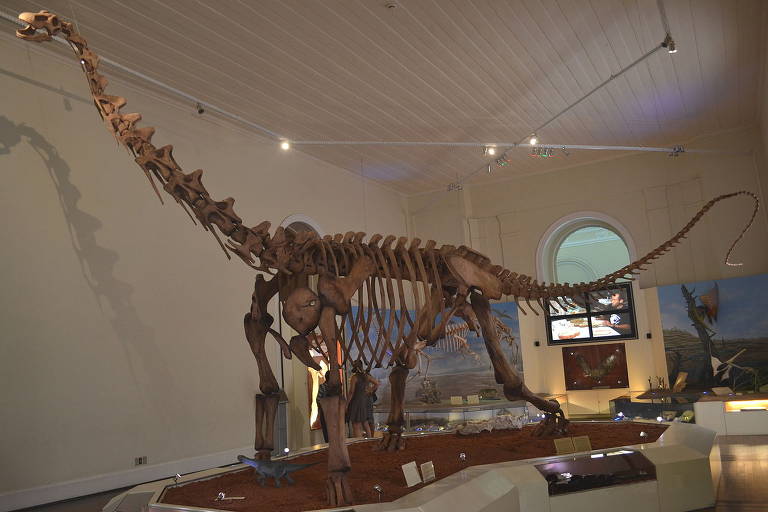More than 24 hours after the biggest disaster suffered by Brazil's scientific and historic heritage, officials were still scrambling to determine the scale of the losses caused by the fire.
National Museum's deputy director Cristiana Serejo, said that 90% of the exhibited pieces are gone, including Maxakalisaurus topai, a four-legged herbivore fossil which was the biggest dinosaur ever assembled in Brazil. However, she was still unclear on the situation of Luzia, a 12,000-year-old skull that is considered one of the oldest in the Americas.
Certain parts of the institute's extensive collection are considered almost or completely gone: archeology, paleontology, anthropology, and invertebrates, which had five million insects. The same goes for laboratories and classrooms.
However, despite the initial impression of the 200-year-old building total destruction, it is possible that some important pieces weren't damaged.
Officials will only know it for sure in the next few days after firefighters extinguish the last active fire seats in the building. It is also necessary to make sure there is no more risk of building collapse before any salvaging attempts are performed.
The flames started on Sunday (2nd) around 7:30 pm, after visitation hours. Firefighters were only able to control the fire after six hours, around 2 am on Monday (3rd). Part of the building's interior collapsed.
The Federal Police has surveyed the site and it will investigate what caused the fire. According to Culture Minister Sérgio Sá Leitão, security guards say they saw a hot air paper balloon falling in the museum's roof, and that it could have started the fire.
Translated by NATASHA MADOV
Read the article in the original language
